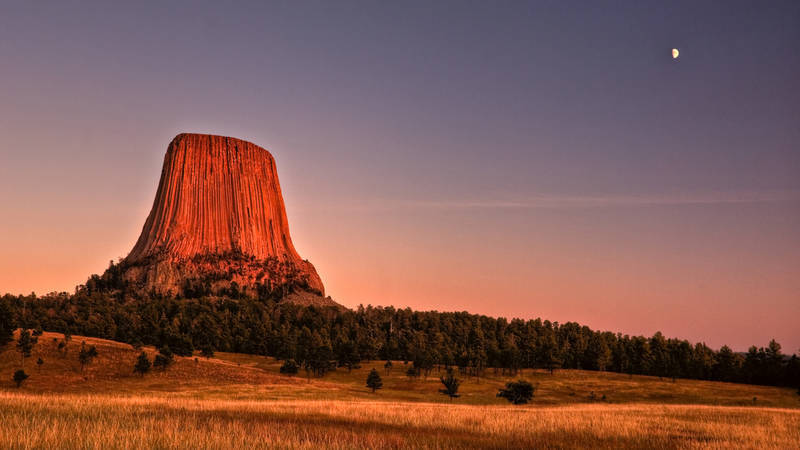City of Waco, Baylor University, Waco Mammoth Foundation, NPCA and local school children worked for years to make mammoth fossil site part of Park System
WASHINGTON – President Obama will issue a proclamation today designating the Waco Mammoth Site in Texas America’s newest addition to the National Park System. Discovered in 1978, the location is the largest known concentration of Columbian mammoths, dying from the same event, in North America. Since its discovery, the site has been developed and protected through local fundraising efforts and in collaboration with the National Park Service, the City of Waco, Baylor University, and the Waco Mammoth Foundation.
Below is a statement by Suzanne Dixon, Senior Director, Regional Operations of the National Parks Conservation Association:
“We are grateful that President Obama has stepped forward to protect one of Texas’s unique and valuable natural treasures. The community asked for the designation and the president answered. This new national monument will benefit the city’s economy as well as schoolchildren, scientists and other visitors to this site. Waco Mammoth is a window to a world lost long ago, and with this designation, visitors from across the country will be able to continue learning about the science and history of these amazing creatures.
“Waco Mammoth is a classic site for inclusion in our National Park System. It is the nation’s only discovery of a nursery herd of Pleistocene-era mammoths, and there is no other Park Service site specifically set aside to tell their story. The bones at Waco Mammoth provide a glimpse into North America’s wild past, enabling us to see what lived here tens of thousands of years ago.
“Waco Mammoth is a perfect example of public-private collaboration to protect our nation’s natural and historical landmarks. Committed and creative citizens recognized this site was worth protecting and worked together to ensure the excavation site is world-class so that it may one day be ready for the support of the National Park Service. Today, years of hard work and dedication by the Waco and Baylor University communities finally paid off, ensuring this invaluable educational landmark will continue to be explored and cherished by kids and adults along for many years to come.”
Background: Since 1978, the fossil remains of 24 Columbian mammoths have been discovered at the site, including a large male (bull). Crews also uncovered the remains of a camel and the tooth of a juvenile saber-toothed cat which was found next to a yet to be identified animal. Boreholes in the site area indicate that there are even more mammoth remains yet to be unearthed.
The property that holds the remains was donated to the City of Waco in 1996 by Sam Jack McGlasson. Baylor University’s Mayborn Museum Complex is responsible for preservation, collection management, and overseeing scientific research. Development of the site has been divided into phases and has included the National Park Service (NPS) from the beginning. In the initial review of the site, the NPS confirmed that one of the most important steps was to ensure that the biological and environmental record of the site would be preserved by construction of a protective structure.
Built with funds raised by local citizens and in collaboration with NPS, the City of Waco, and Baylor University, the Dig Shelter not only protects the fossils from the elements but provides visitors with a unique view of the mammoth remains. The City of Waco plans transfer ownership of the property, fossil collection, and archives to NPS.
The Waco Mammoth Foundation, a non-profit organization formed by local citizens, raised more than $4.2 million and played a pivotal role in the creation of the site. In 2006, plans were initiated to make the site a public park, which became a reality with the support of the Waco Mammoth Foundation. The site now includes a Visitor Center, scenic trail, and a breathtaking Dig Shelter that creates the atmosphere of an art gallery. Natural light floods into the shelter from all directions and a suspended walkway provides a stunning over-head view of the mammoths.
###
About National Parks Conservation Association
Since 1919, the nonpartisan National Parks Conservation Association has been the leading voice in safeguarding our national parks. NPCA and its one million supporters work together to protect and preserve our nation’s natural, historical, and cultural heritage for future generations. For more information, visit www.npca.org.
-
General
-
- NPCA Region:
- Texas
-
Issues


